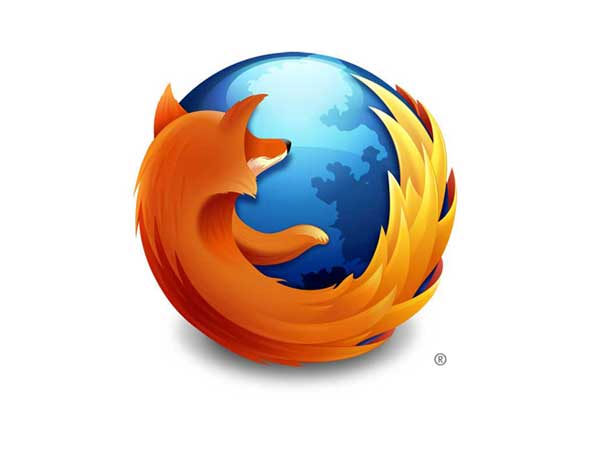Only 30 Percent of Firefox Users Access Hardware Acceleration
How important is it for you to run applications that require hardware acceleration within your browser, or, at the very least, make browsing more enjoyable?
The Firefox crash report published by Mozilla suggests that most of us cannot access Firefox's hardware acceleration.
The reason for this circumstance is simply outdated hardware and outdated drivers. Just because Firefox supports hardware acceleration does not mean that everyone will get it. A prerequisite for this feature is a driver from Nvidia and AMD that is at least from June 2010 or newer (Intel is a bit more complicated, but described in Mozilla's driver blacklist).
The bottom line is that currently only 30 percent of Windows Firefox users can access hardware acceleration and 49 percent can access WebGL. Predictably, the more recent the OS release, the greater likelihood of GPU support. For example, 67 percent of Windows 8 users can use Firefox hardware acceleration, versus 47 percent of Windows 7 users, 17 percent of Windows Vista users, and 13 percent of Windows XP users.
It may be somewhat surprising that just about 100 percent of Mac OS X users are supported, but then we have to remember that this feature arrived only in a Firefox version for Mac OS X 10.6 and higher – and naturally most machines that shipped with that OS have sufficient hardware to run hardware acceleration.
It's hard to say if these numbers apply to other browsers as well. Microsoft's only browsers with hardware acceleration are IE9 and IE10, which are supported from Windows Vista SP2 (IE9) and up (IE10 requires Windows 8). Chrome added the feature in Chrome 7 (developer version) and it is still incomplete today. Google does not release any data on how many people actually use this feature and what requirements Google may have. However, Mozilla's data is based on 300,000 to 800,000 monitored crashes today, which is rather substantial. This would at least suggest that most computer users today to do not have the necessary equipment to run browser hardware acceleration by Mozilla's standards.
Contact Us for News Tips, Corrections and Feedback
Get Tom's Hardware's best news and in-depth reviews, straight to your inbox.

Wolfgang Gruener is an experienced professional in digital strategy and content, specializing in web strategy, content architecture, user experience, and applying AI in content operations within the insurtech industry. His previous roles include Director, Digital Strategy and Content Experience at American Eagle, Managing Editor at TG Daily, and contributing to publications like Tom's Guide and Tom's Hardware.
-
math1337 HW acceleration is great for really graphic intensive tasks like animations, but for most static or mostly static web pages has little benefit. As newer hardware rolls out, hardware acceleration will roll out naturally, and it never hurts to have it. I just hope that web designers don't start abusing awful animations.Reply -
bgrt For the love of God everyone, if you're on Intel GMA or older video please go buy a $30 video card.Reply -
livebriand bgrtFor the love of God everyone, if you're on Intel GMA or older video please go buy a $30 video card.For the average person who doesn't do anything graphically intensive, what's the gain?Reply -
ethaniel You just can't ask for a hardware upgrade in a lot of cases. Imagine the volume of laptops and netbooks (even if those are extinct in the US already) still working today that use Firefox. And there's always the possibility of a new driver breaking everything. I have an old but compatible Radeon card, so I have hardware acceleration, but I know that I am the exception. This is no surprise.Reply -
bgrt livebriandFor the average person who doesn't do anything graphically intensive, what's the gain?Reply
An average computer user will end up playing some 3D games at some point, or will attempt to at least, only to find out that they can't even launch the game if they're on Intel graphics. -
dameon51 math1337HW acceleration is great for really graphic intensive tasks like animations, but for most static or mostly static web pages has little benefit. As newer hardware rolls out, hardware acceleration will roll out naturally, and it never hurts to have it. I just hope that web designers don't start abusing awful animations.Not entirely true. DOM heavy sites benefit from HW acceleration too, and those are becoming a lot more common.Reply -
bustapr i turned off hardware acceleration when flash videos started tearing and distorting on my page. turning it off fixed most of the issue.Reply
